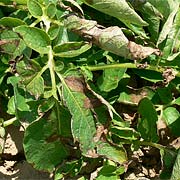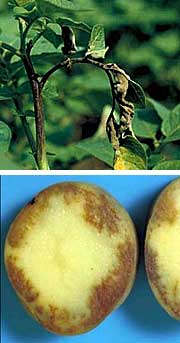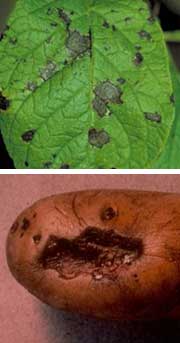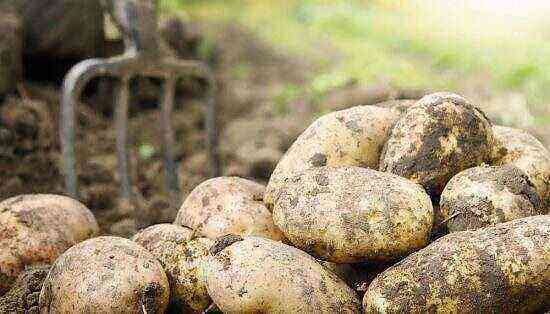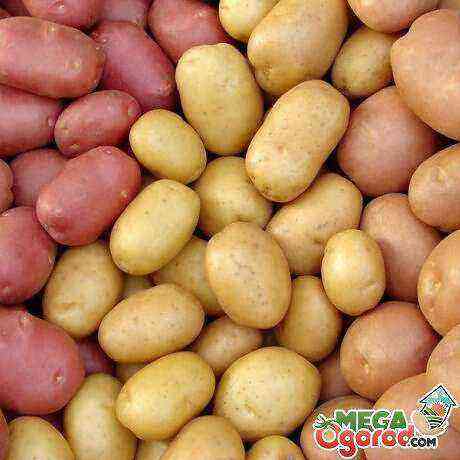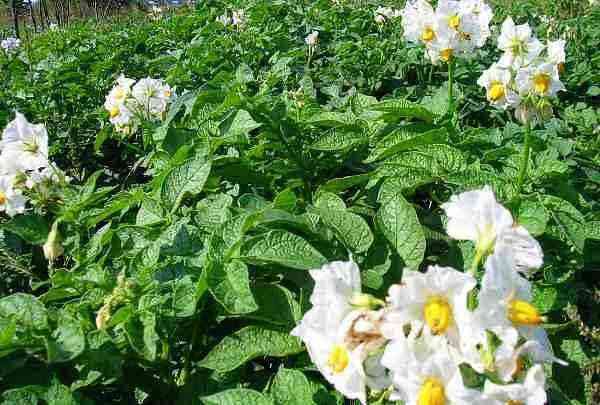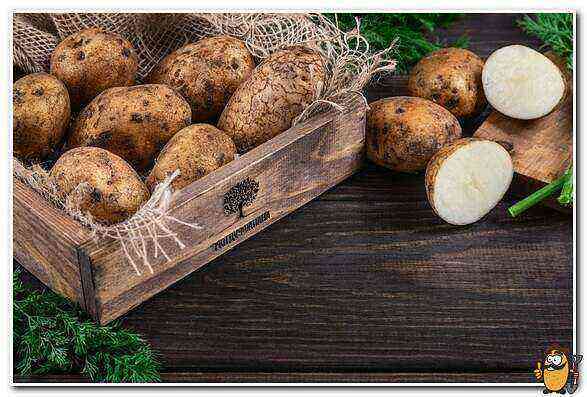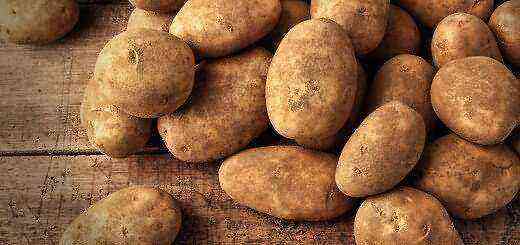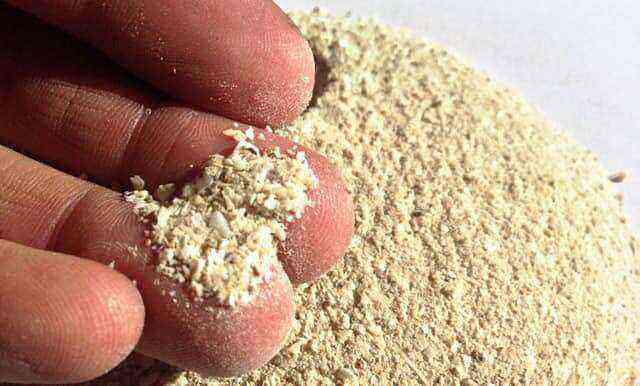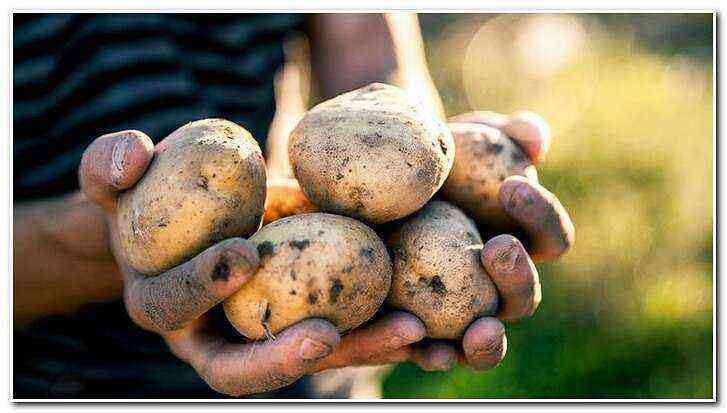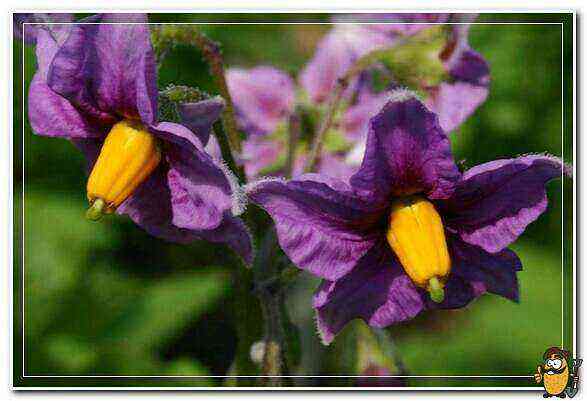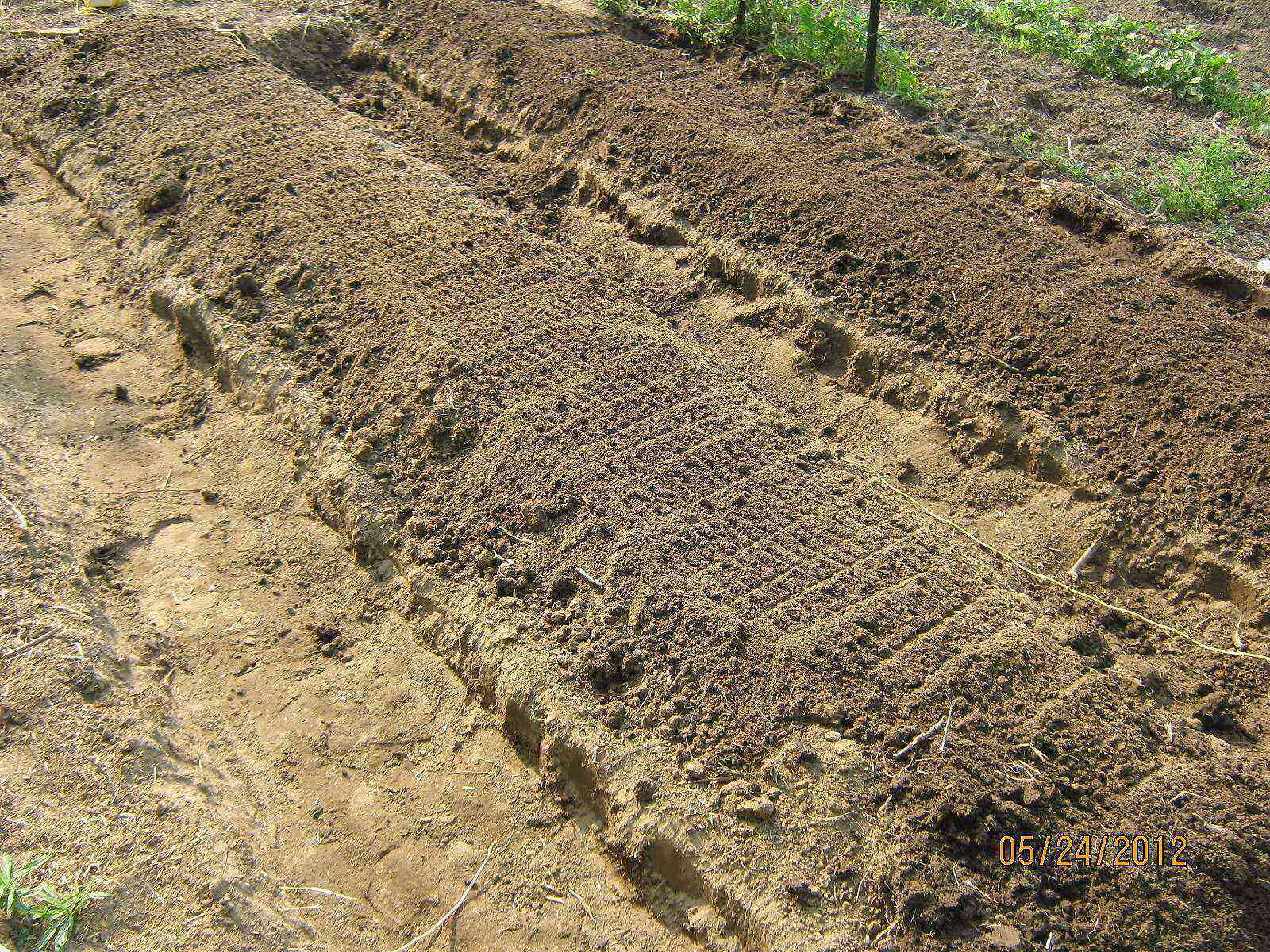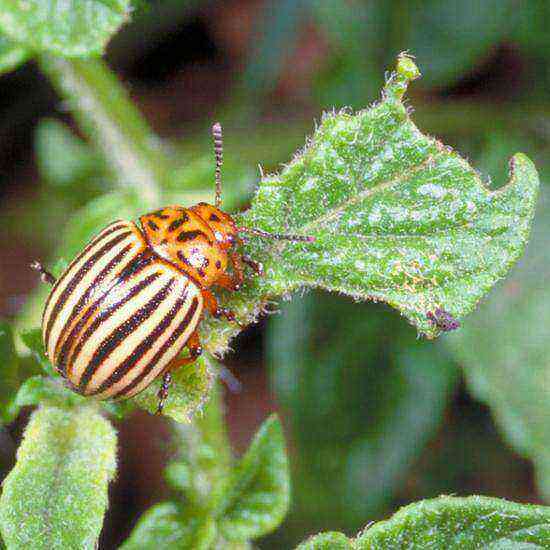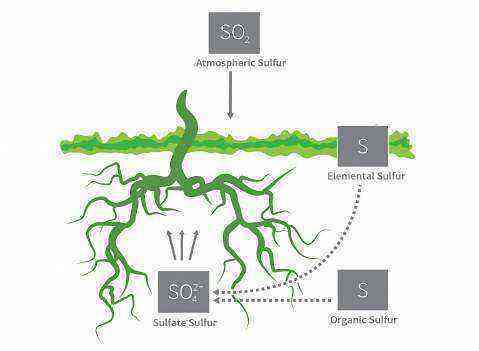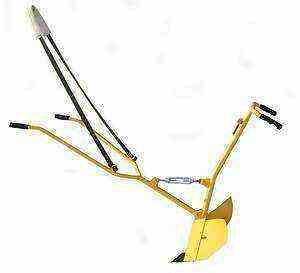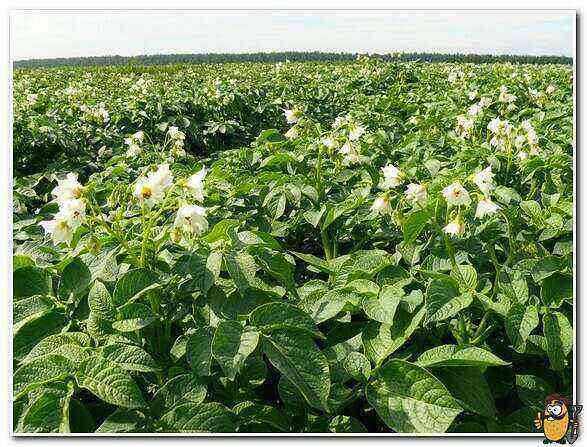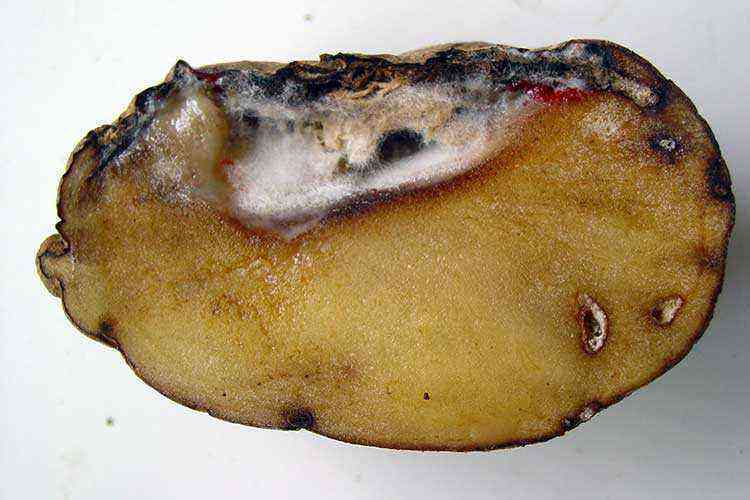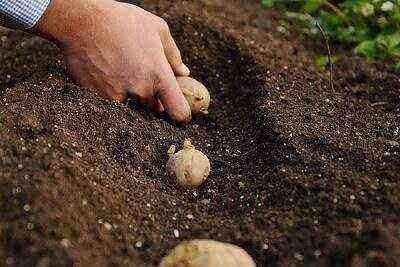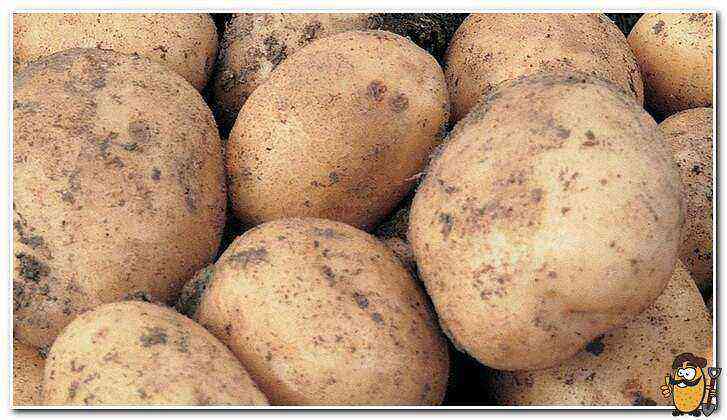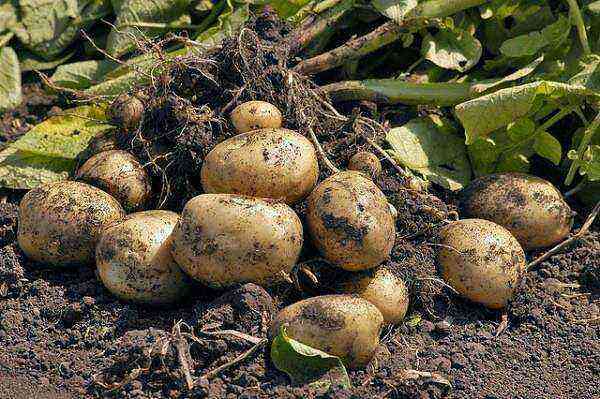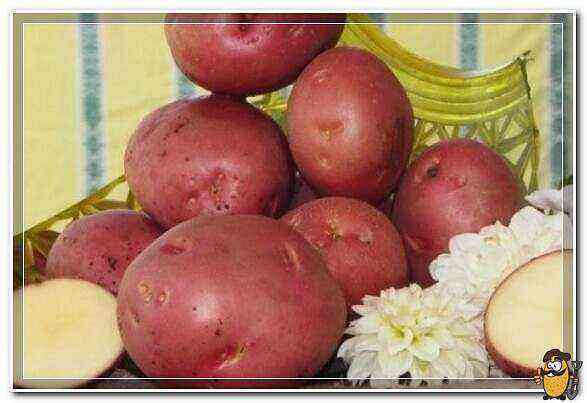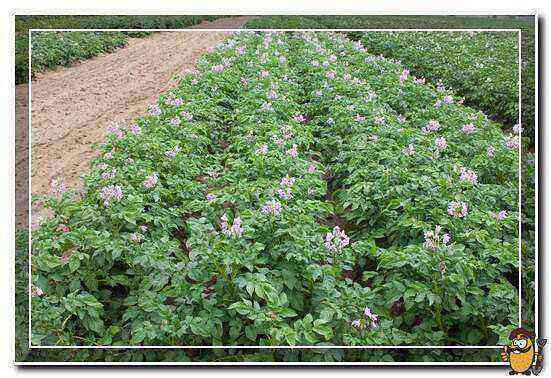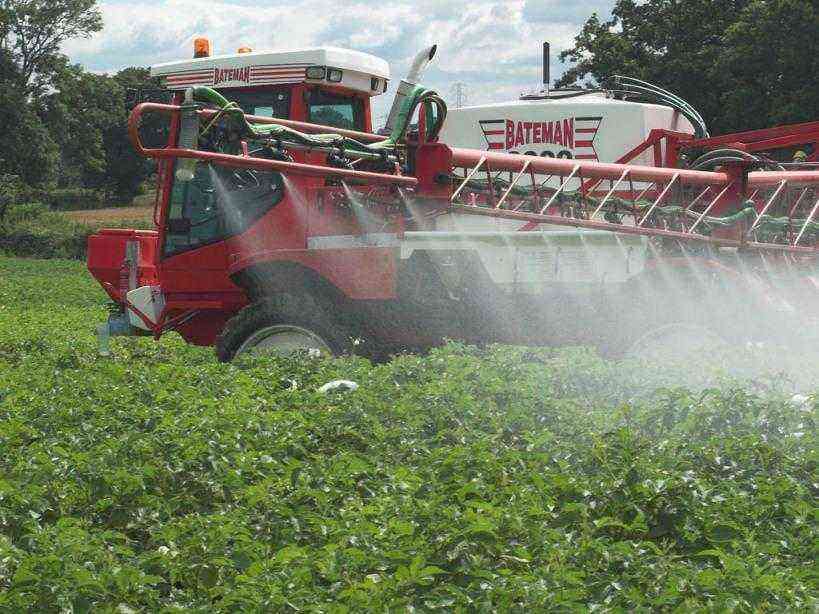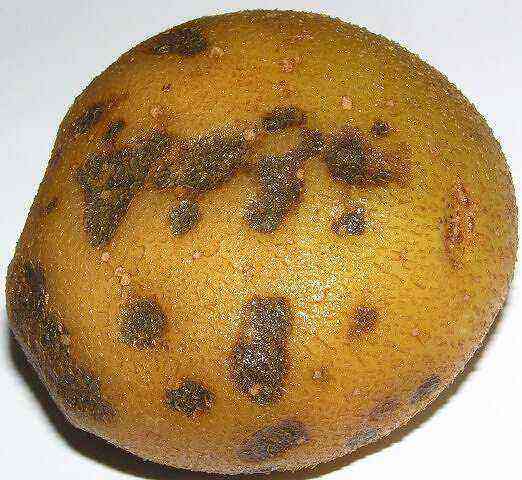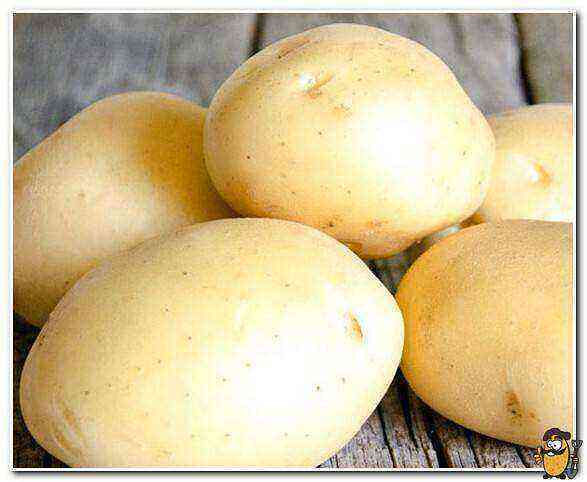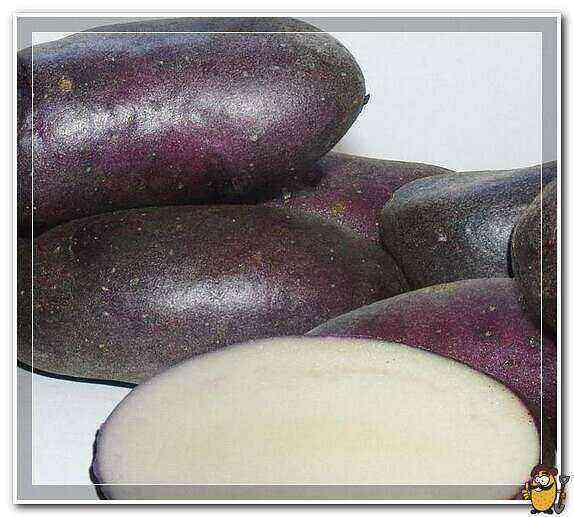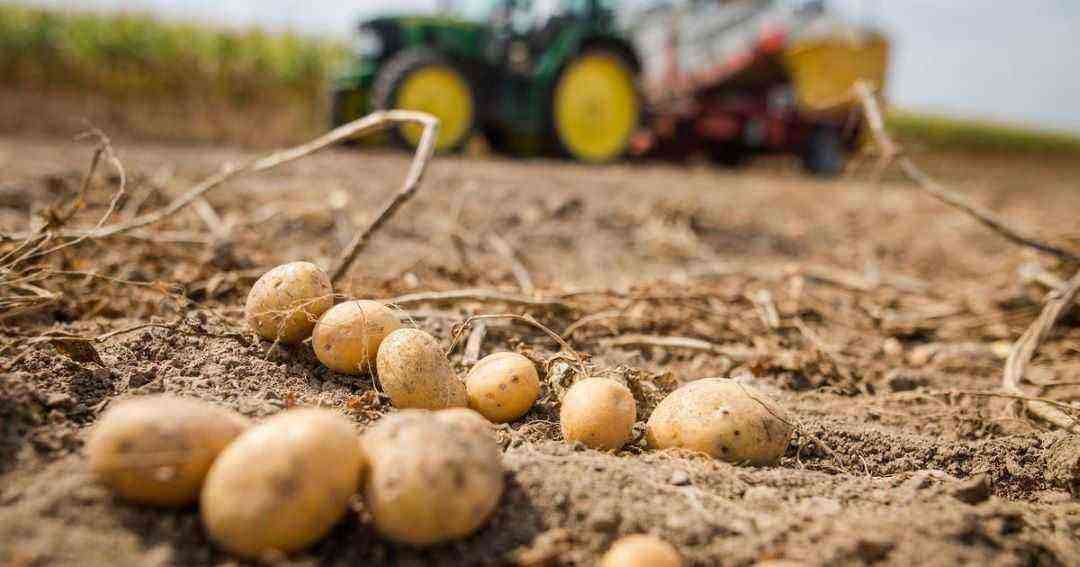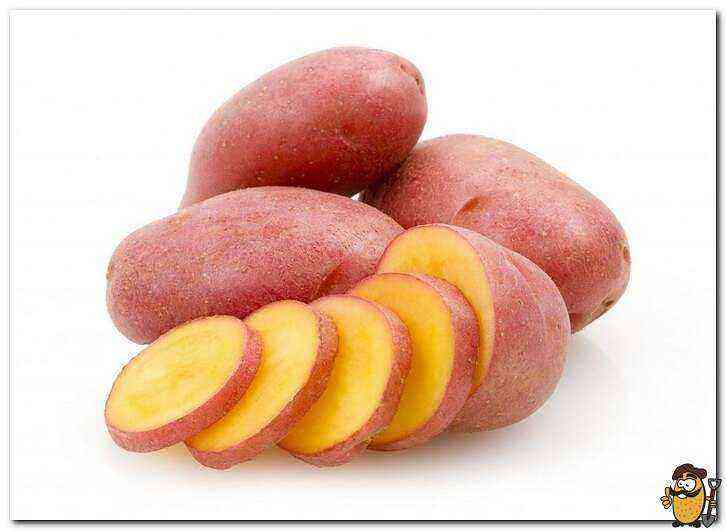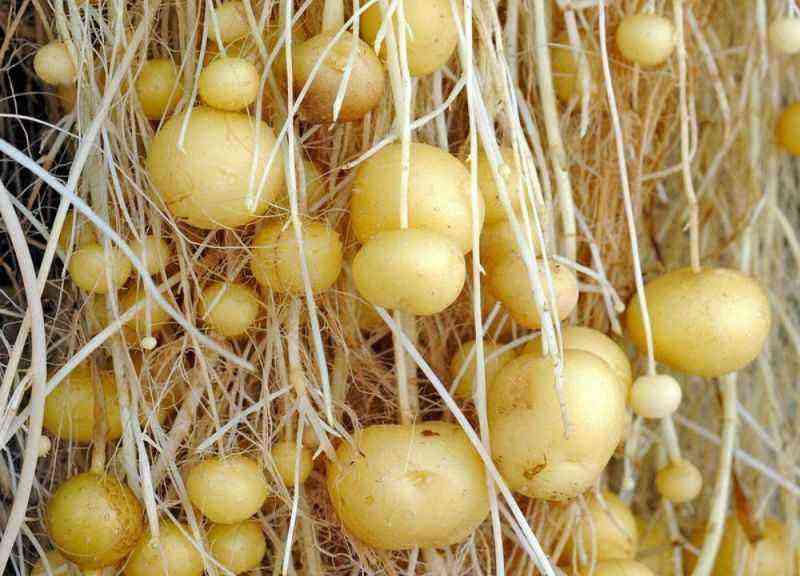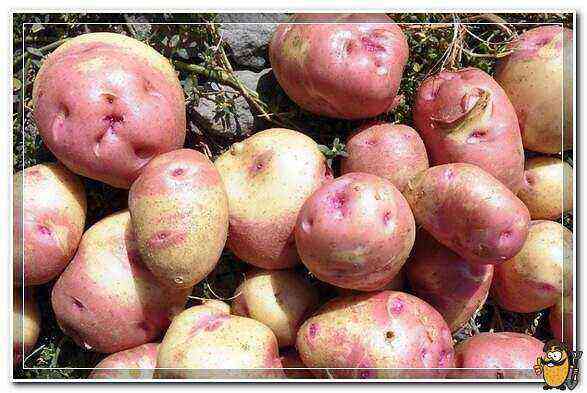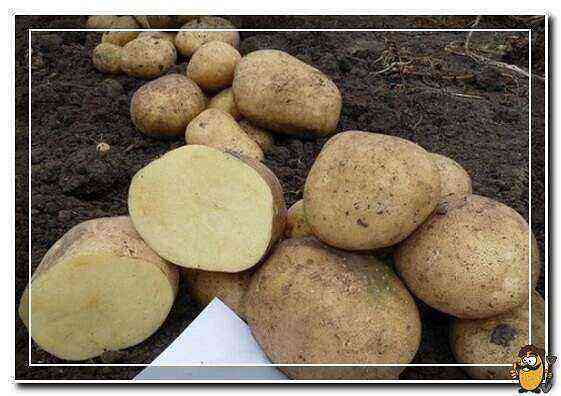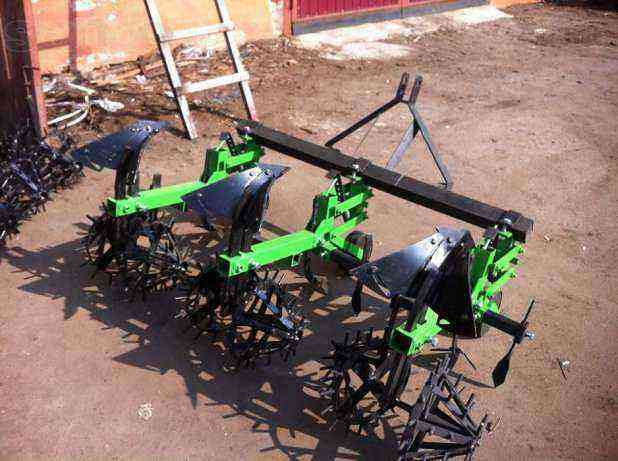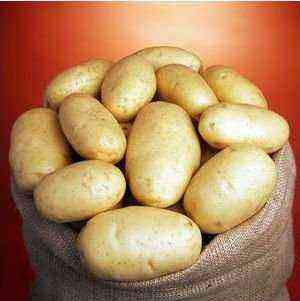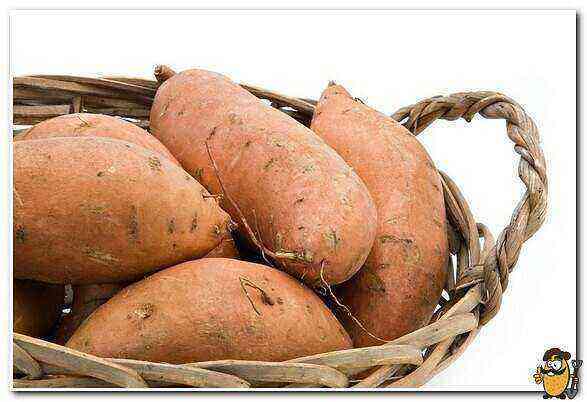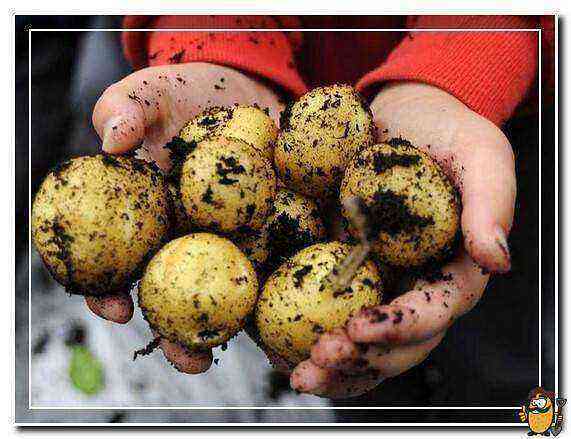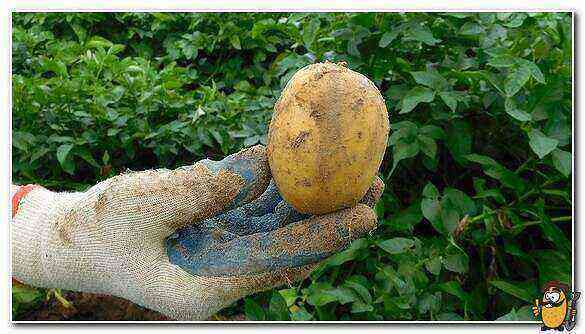Phytophthora: the causative agent is oomycetes Phytophthora infestans. It affects plants of the Solanaceae family, as well as castor oil plants, buckwheat, and strawberries.
Alternaria: грибы Alternaria solani, Alternaria alternatа.
Harmfulness
Symptoms Symptoms
phytofluorosis altenariosis
Late blight and Alternaria are one of the most harmful diseases of potatoes. In the world, the average loss of potato yield from late blight is 10-15% per year, from Alternaria – 5%. In some years, the infection of plants with Alternaria reaches 100%, and the yield decreases to 50%.
These diseases cause the greatest harm in case of early manifestation and optimal weather conditions for them. Susceptible plantings can be completely destroyed in 2–3 weeks.
In the development cycle of late blight, there is a sexual process, as a result of which new genotypes of the pathogen appear, which have characteristics different from the parental forms. This leads to the emergence and spread of more aggressive forms, an increase in the diversity of races of the pathogen, and, as a consequence, to an increase in its harmfulness.
Phytophthora infestans is not a mushroom, but an oomycete. Just a few years ago, the class of phytopathogenic microorganisms Oomycetes, to which the causative agent of late blight belongs, was isolated from the kingdom of fungi (Mycota) into a separate kingdom of Oomycota, since these pathogens differ significantly from other fungi in the structure of the cell wall.
There are potato varieties with a high level of resistance to late blight or Alternaria. However, in practice, the variety of varieties grown in our country is relatively low. Most growers prefer early varieties that do not have a high level of resistance. The use of susceptible varieties leads to the fact that several generations of the pathogen can pass during the growing season. This leads to a wide spread of diseases, their accumulation and increased aggressiveness. Therefore, fungicides are usually actively used to protect potato plantings from diseases.
Distribution
Late blight and Alternaria are common in all areas of potato cultivation.
On the image: Symptoms of late blight on leaves and tubers
Late blight significantly damages crops in the Central Black Earth District, Central Russia, North Caucasus, Northwest, Urals, Siberia, Far East, Kamchatka and Sakhalin.
Alternaria causes the greatest harm in the Far East, Sakhalin, Eastern Siberia, as well as in Belarus, Moldova, Ukraine, Tambov, Oryol, Belgorod, Smolensk, Volgograd, Rostov, Saratov, Astrakhan regions, Kabardino-Balkaria.
Sources of infection
The causative agents of these diseases overwinter mainly in seed tubers (the degree of damage determines the timing of the appearance of foci of infection in the field and, as a result, harmfulness) in the form of mycelium. If there is an infection both in the field and in the seed, the likelihood of early development of diseases increases.
In the picture: Symptoms of alternaria on leaves and tubers
Another source of infection is plant debris and soil. Pathogens can persist there in the form of mycelium and oospores (late blight); in the form of chlamydospores and mycelium (alternaria).
In spring, when sprouting on the surface of tubers infected with late blight, zoosporangia are formed, which rise along soil capillaries with moisture to the surface or infect underground parts of the stems. During the season, the spread of infection occurs:
- zoosporangia (late blight). Infection requires at least 4 hours of drip-liquid moistening of the plant tissue surface;
- conidia (alternaria).
Tubers are infected, as a rule, from the affected foliage – either during rain with water drops, or upon contact between the foliage and tubers during harvesting, or (to a small extent) during the migration of zoospores from diseased tubers to healthy ones.
The first signs of late blight may appear already on the first unfolded leaves, alternariosis (with proper agricultural technology) – in the phase of the beginning of flowering and the beginning of tuberization. The emergence of early alternaria is a signal to agronomists that the cultivation technology is violated (imbalance in mineral nutrition, damage to seed material by viruses or rhizoctonia and other diseases).
Symptoms of late blight and alternaria on tubers:
phytophthora: slightly depressed, sharply limited brown spots are formed, the pulp under which has a rusty-brown color. They rot like wet rot.
Alternaria: on the surface, depressed spots of irregular shape, which are darker than the peel, are formed sharply different from the healthy part. Wrinkles often appear on the surface of large spots. They rot as dry rot.
Measures to combat late blight and alternaria
Choosing a landing site
It is advisable to choose leveled fields, since in places of depressions, as a rule, foci of diseases are formed (increased moisture, non-uniform work of agricultural machinery). The soil should not be heavy, well-drained (drip-liquid moisture promotes germination and movement of spores). Crop rotation is 4–6 years. Potato planting should be spatially isolated from other nightshade crops.
Suppression of sources of primary infection
The time of the appearance of diseases on plants depends on the presence and amount of an infectious agent in the seed and in the soil. The sooner the infection appears, the more harmful its effect will be. Only healthy seed should be used. To better identify the symptoms of infection, you need to warm up the tubers for 10-15 days at a temperature of 15-18 ° C; reject diseased tubers. Before planting, it is necessary to sort the tubers and process with one of the approved preparations.
Use of resistant varieties
Important points to keep in mind:
- at present, there are no varieties that are absolutely resistant to late blight or Alternaria; however, each cultivar has a different degree of susceptibility to these diseases;
- the cultivar can be tops-resistant, but tuber-tolerant;
- the variety may lose its resistance to disease due to the appearance of new strains (sexual process, importation with seeds from another territory, mutation);
- growing resistant varieties allows you to delay the onset of epiphytotics, as well as reduce the rate of its development;
- spraying intervals for routine treatments are 7–10 days on susceptible varieties, 10–14 days on varieties with nonspecific resistance.
Balanced fertilization can increase the resistance of plants. For example, with a ratio of N: P: K = 1: 1,5: 1,5, the probability of epiphitoria of Alternaria is minimal.
Protection with fungicides
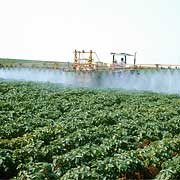
- Late blight – should be started with preventive treatments, alternariosis – according to the first symptoms (1% affection). This is due to the fact that the growth of late blight occurs very quickly and rapidly (in cool and humid weather, late blight can cause the destruction of all plants in the field within 1-2 weeks), and in Alternaria – slowly, which makes preventive treatments inappropriate.
- The most responsive to Alternaria, and, accordingly, to protection from it, potato tissue during the growth of tubers (when there is an outflow of nutrients from their tops to the tubers, the second half of the growing season). Plants should be especially carefully protected from late blight from the early stages of development.
- It is recommended to carry out pre-harvest treatment of plantings with a contact fungicide in order to destroy zoospores of late blight in the soil and, thereby, prevent infection of tubers. Together with pre-harvest desiccation of the foliage (chemical or mechanical), this will minimize the contamination of tubers during harvest.
